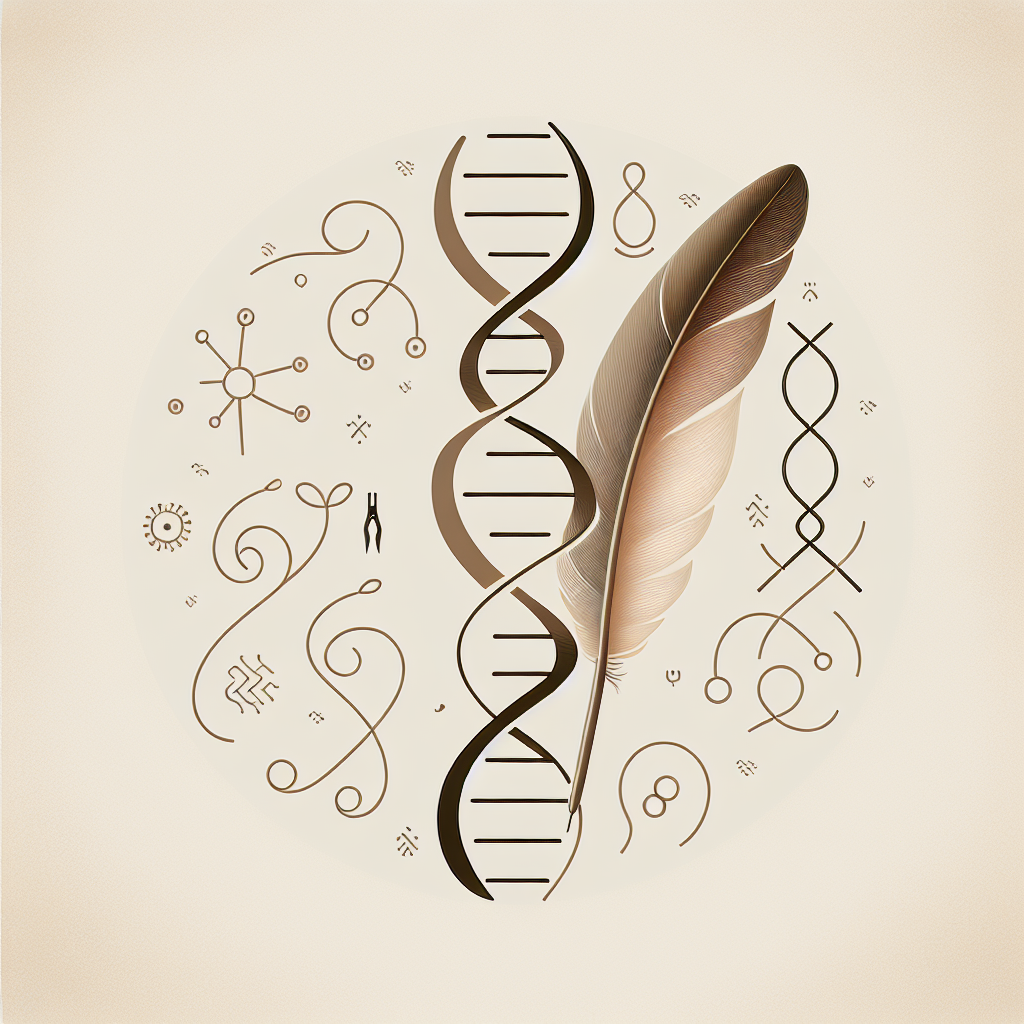### Rewriting Your DNA: Exciting Possibilities of Gene Editing
In the realm of scientific innovations, few subjects have sparked as much acclamation and debate as gene editing, more specifically, **CRISPR**, short for Clustered Regularly Interspaced Short Palindromic Repeats. This technology, though complex in operation, holds a simple and enticing promise: the ability to “rewrite” our DNA, potentially eradicating countless diseases and disorders.
## Understanding CRISPR
CRISPR technology, often described as “genetic scissors,” allows researchers to alter DNA sequences and modify gene function. Its essential components are derived from bacteria which employ CRISPR-derived RNA and various Cas proteins to hinder attacks by viruses. This defense mechanism now serves as a powerful tool for genetic manipulation in humans.
## The Promising Prospects
What makes CRISPR a revolution in the medical field is its potential applications. By editing the genes associated with specific conditions, we may be able to cure disease at its genetic roots.
* **Curing Genetic Diseases**
Hereditary diseases, such as cystic fibrosis and sickle cell anemia, could be rectified using CRISPR technology. These disorders, caused by mutations in single genes, make for viable targets for gene editing tools.
* **Fighting Cancer**
CRISPR might also make a significant impact on cancer treatment. A research study by the University of Pennsylvania utilized CRISPR editing to enhance the ability of patient’s immune cells to fight cancer – a preliminary yet exciting achievement.
* **Preventing Diseases**
What if we could preemptively ‘edit out’ potential genetic risks? With CRISPR technology, it’s not an outlandish idea. Though this area raises ethical questions, it opens up conversations about the eradication of familial disease patterns.
## The Current Obstacles
While the possibilities of CRISPR technology are fascinating, it’s not without complications.
* **On-target Mutations**
One of the major concerns is the possibility of on-target mutations. While the aim is to edit one specific gene, neighboring genes might be unintentionally altered too, leading to disastrous mutations.
* **Off-target Effects**
There’s always a risk of off-target effects where CRISPR alters DNA sections that aren’t intended to be edited. These unintended changes can lead to the emergence of new diseases.
* **Ethical Issues**
The ethical implications of gene editing are contentious. The concept of ‘designer babies’, the fear of creating a socioeconomic divide between those who can afford gene editing and those who can’t, and issues linked to informed consent are profound considerations.
## The Future of CRISPR
Despite its challenges, the potential of CRISPR technology is extraordinary. With further advancements, we might gain control over genetic factors previously deemed an unalterable component of life. However, it’s crucial to tread this new ground cautiously, addressing the ethical issues, perfecting the technology, and ensuring it contributes to health and wellbeing, rather than creating a new set of problems.
The rise of CRISPR reflects how science constantly investigates the boundaries of our understanding, pushing us into new and exciting futures. Whether we’re ready or not, the era of gene-editing is dawning.
“The science of today is the technology of tomorrow.” – Edward Teller


